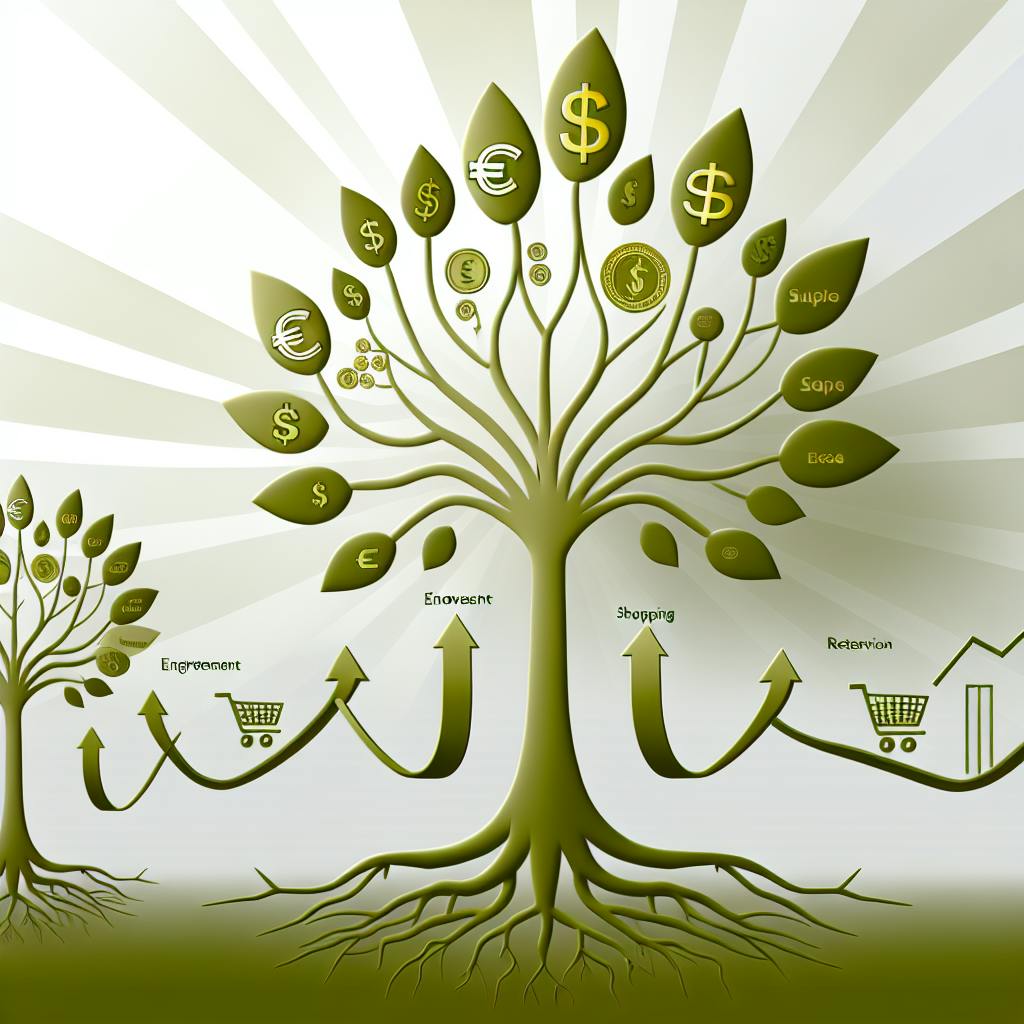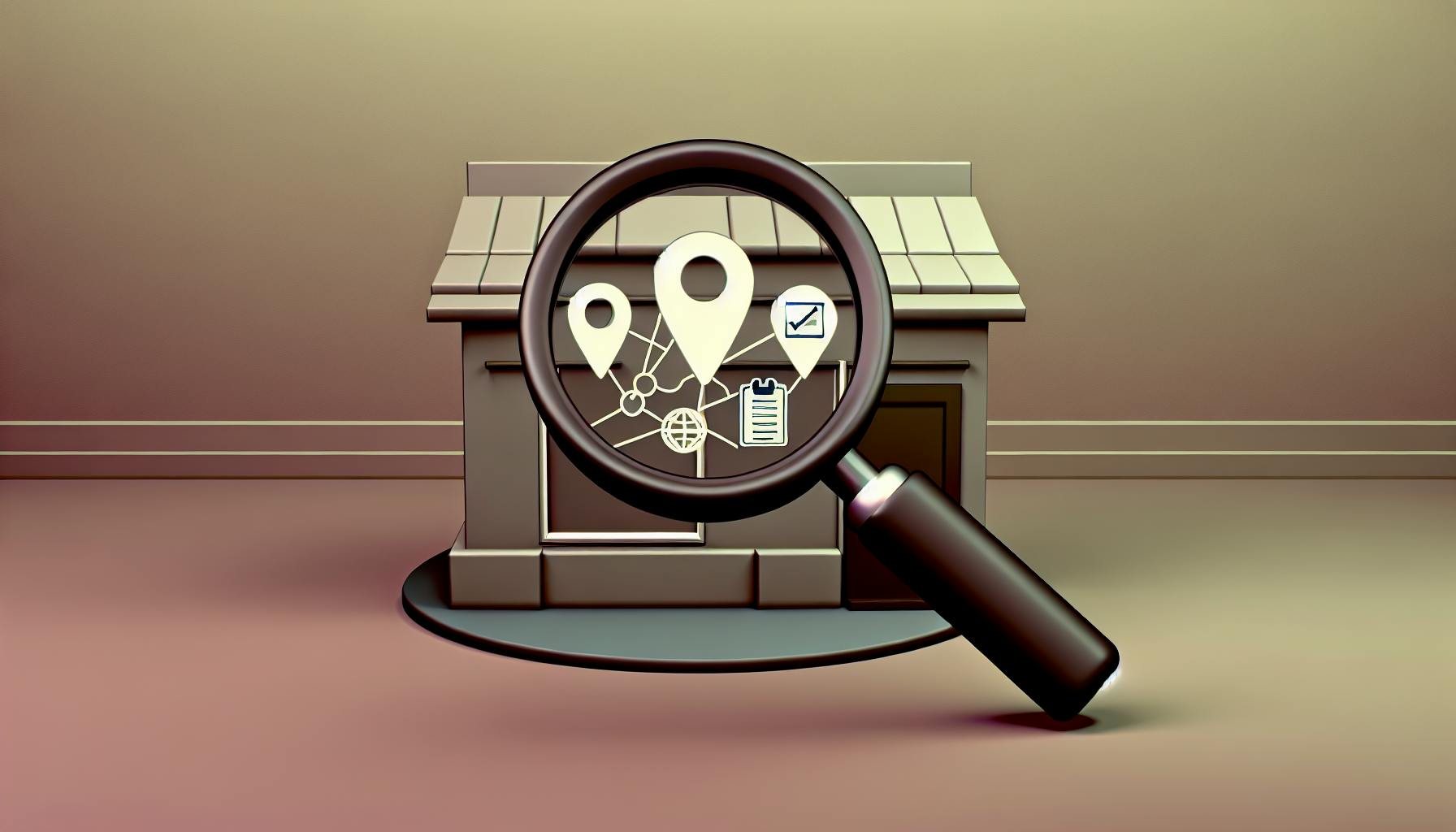If you're curious about company asset management software, you've come to the right place. Simply put, this software acts as a digital manager for all of a company's assets - from laptops and software licenses to office chairs and tools. It's designed to make businesses more efficient by ensuring assets are used effectively and maintained properly. Here's a quick overview:
- What It Does: Tracks and manages all company assets, offering insights on usage, maintenance, and value over time.
- Why It Matters: Helps businesses save money, improve efficiency, and make data-driven decisions.
- Key Features: Includes asset tracking, maintenance management, inventory optimization, and reporting & analytics.
- Benefits: Enhances productivity, reduces costs, supports strategic planning, and mitigates risks.
In essence, company asset management software provides a comprehensive view of all assets, helping companies use what they own wisely and strategically plan for the future.
What is Asset Management?
Asset management covers everything from when you first get an item to when it's time to say goodbye to it. It deals with both things you can touch, like tools and equipment, and things you can't, like software and data. The goal is to make the most out of everything the company owns, keeping costs down, risks low, and making sure everything follows the rules.
It's about:
- Keeping track of where things are and how they're doing
- Figuring out when stuff needs fixing
- Using things in the best way possible
- Making smart choices about buying new stuff or getting rid of old stuff
Someone is usually in charge of this, making plans and making sure they happen.
Why is Asset Management Important?
Good asset management helps a lot:
It Saves Money
- Cuts down on buying and fixing costs
- Stops you from spending money where you don't need to
It Keeps Things Safe
- Stops things from getting lost or stolen
- Makes sure everything is used the right way
- Helps avoid sudden breakdowns
It Makes Work Better
- Keeps everything running smoothly
- Lets you use everything more effectively
- Makes the workplace flow better
It Follows the Rules
- Keeps you out of trouble with laws and policies
- Makes sure you're doing things by the book
It Helps Make Better Choices
- Gives you the info you need, when you need it
- Helps you make decisions based on facts
Benefits of Asset Management
Using asset management software can really make a difference:
It Makes More Money
- Helps you get the most out of what you own
- Finds ways to make extra cash
- Keeps spending in check
It Lowers Risks
- Keeps people and property safe
- Stops money from being wasted
- Makes sure you're always following the rules
It Gives You a Clear Picture
- Lets you see what you have and how it's doing in real-time
- Makes it easier to keep track of everything, no matter where it is
- Gives you useful info on how things are performing
It Boosts Work
- Makes sure things are available and used well
- Makes fixing and maintaining things smoother
- Helps you use your team better
It Saves Costs
- Reduces the money spent on buying, running, and fixing things
- Stops you from buying things you don't need
- Helps you keep a tighter grip on your budget
With a good look at everything the company owns, you can use things better, cut down on risks and costs, make smarter decisions, and stay ahead of the competition.
What is Company Asset Management Software?
Company asset management software is a smart tool that helps businesses keep an eye on, organize, understand, and make the most of their valuable stuff. This includes everything a company owns that's worth something, like computers, buildings, cars, inventory, IT gear, software, and even things like patents and trademarks.
This software puts all the important details about a company's assets in one place, such as:
- When and how much it cost to buy something
- Warranty and service details
- Where it is and who's using it
- How it's holding up
- How much it's being used and its maintenance history
- Its expected life and how much it's worth over time
Having all this info in one spot makes it easier to see how everything's doing, plan for regular upkeep, move things around if they're not being used much, and figure out when it's time for something new.
Types of Assets Managed
Asset management tools can keep track of both stuff you can touch and stuff you can't, all over the company:
Tangible Assets
- Buildings and spaces
- Cars and trucks
- Big machines and equipment
- IT stuff like computers and phones
- Desks and chairs
- Stock and spare parts
Intangible Assets
- Software and licenses
- Ideas and inventions (like patents)
- Information about customers
- The company's reputation
- What employees know and can do
Key Benefits
Using company asset management software has lots of pluses:
- Makes sure everything's used well - finds and fixes any waste
- Keeps track of where things are and who's using them - helps stop loss and theft
- Puts all the info in one place - makes smart decisions easier
- Helps things last longer - regular upkeep means fewer surprises
- Makes audits and following rules easier - checks that everything's up to standard
- Looks at spending - makes sure what the company owns is really helping
With a clear view of what's going on with all the company's stuff, businesses can save money and work better.
Core Features
Company asset management software gives businesses all the tools they need to make sure they're getting the most out of their stuff, keeping it in good shape, spending money wisely, and not taking unnecessary risks. Here's a look at what these tools can do:
Asset Tracking
- Keep an eye on where things are at all times using barcodes, RFID tags, QR codes, or GPS
- Instantly see what's happening with your stuff, where it's been, and how it's being used
- Stop losing things or letting them get stolen
- Make smart choices about when to get new things or let old ones go
Maintenance Management
- Plan ahead for regular check-ups based on how old something is, how much it's used, or the calendar
- Keep track of all the upkeep work done and what was needed for it
- Let your team know when it's time to look after something
- Keep things working longer by taking care of them before they break down
- Figure out which things are costing too much to keep and might need to be replaced
Inventory Optimization
- Look at how things are used to make sure you have just the right amount
- Decide on the lowest and highest amounts of stuff you need to have on hand
- Get warnings when you have too much or too little of something
- Cut down on the costs of having too much stuff sitting around
- Avoid having to stop work because you're out of something you need
Reporting & Analytics
- Make reports on how much things are worth, how old they are, how they're used, and what they cost to keep up
- Find things that aren't being used much so you can use them better or get rid of them
- Work out the total cost of owning something
- Plan for the money you'll need to spend on stuff in the future
- Catch problems with how things are working that need to be fixed
With strong tools for tracking, keeping up, managing stock, and understanding data, company asset management software helps organizations make the most of what they own.
Key Benefits
Company asset management software brings a bunch of big wins for businesses, helping them get their work done smarter, cut down on costs, and make choices based on solid info.
Enhanced Efficiency and Productivity
- Makes repetitive tracking and managing tasks automatic, saving time and hassle
- Lets you see what's happening with your assets right now, so you can use them better
- Finds assets that aren't being used much, so you can make sure everything's working hard
- Makes keeping up with maintenance easier, so things don't break down and slow work
Cost Savings
- Helps you avoid buying things you don't really need
- Keeps stuff working longer by making sure it's looked after
- Catches small problems before they turn into big, expensive ones
- Makes sure you're only spending on software and stuff you actually use
Data-Driven Decisions
- Puts all the latest asset info in one place, making it easier to understand
- Creates reports that show you how things are doing, helping you plan better
- Guides you on when to buy, fix, or retire assets, based on real numbers
- Helps you plan your money better, knowing what your assets really cost
Risk Mitigation
- Keeps track of where your assets are, reducing the chance they get lost or stolen
- Makes sure you're following the rules, avoiding fines or penalties
- Plans maintenance ahead of time, so things are less likely to break and cause problems
- Saves you from unexpected costs due to equipment failures
Strategic Planning
- Gives you the full picture on how long assets last, helping you plan when to get new ones
- Helps you figure out spending on big purchases with detailed cost info
- Uses how much stuff is being used to make better decisions on what you need
- Helps you see what you might need as your business grows, and what it will cost
With a clear view of your assets, smart data use, and automatic management, company asset management software is a big help in making your business run smoother and smarter.
sbb-itb-d1a6c90
Software Selection Methodology
Picking the right software to manage your company's assets can make things a lot smoother. Here's a simple guide to help you choose the best one:
Define Needs & Requirements
- List all the different things you need to keep track of (like computers, buildings, vehicles).
- Think about the features you need, such as scanning barcodes or tracking locations.
- Plan how and when you want to start using the software.
- Decide who can access the software and how to keep data safe.
- Set goals for saving money and making things more efficient.
Research Software Options
- Look up different asset management software and read what others say about them.
- Pick 4-5 that have the features you need.
- Check if you can use them on your phone, how easy they are to use, and if you can get help when needed.
- Make sure they work well with any other software you're using.
- Think about how much they'll cost over 3 to 5 years.
Compare & Evaluate Solutions
- Watch demos to see how they work and what you can do with them.
- Compare their features to see which ones are most important.
- Try them out for free to see how they work for you.
- Look at how easy it is to start using them and move your current data over.
- Rate each option based on what's most important for your business.
Select & Implement Top Choice
- Choose the software that meets your needs the best.
- Make a plan for how to start using it and test it out.
- Decide who will be in charge of it and who can use it.
- Add your current asset info or start from scratch.
- Teach your team how to use it and help them get comfortable.
- Keep making adjustments based on what everyone thinks.
Following these steps will help you look at your options carefully and choose the software that's just right for managing your assets.
Conclusion
Company asset management software is like a super tool kit for businesses to keep an eye on everything they own and use. It brings everything into one place, making it easier to track, fix, and understand how everything from computers to chairs is being used. This helps businesses make smart choices, save money, work more efficiently, and stay out of trouble.
Here's why it's a big deal:
- See everything in one spot. Know where your stuff is, who's using it, and how it's doing. This helps make sure everything is used right and not just sitting around.
- Make smart choices with up-to-date info on how much things cost to keep running, when to buy new stuff, and how to avoid wasting money.
- Save money by fixing things before they break, not buying stuff you don't need, and keeping track of software costs.
- Work smarter and faster by getting rid of manual tasks. This means things are less likely to break down, and you can get more done with less hassle.
- Keep risks low by watching over your assets, making sure you're following the rules, and avoiding unexpected problems or costs.
- Be ready for the future by using software that can grow with your business and work well with other systems you have.
For businesses that have a lot of stuff to look after, like computers, equipment, or buildings, using company asset management software is a smart move. It helps you stay organized, make better decisions, save money, and reduce risks, all of which are key to doing well in the long run.
Related Questions
What is asset management software?
Asset management software helps keep track of all the stuff a company owns, like computers and desks, from when they buy it until they get rid of it. It helps with:
- Keeping track of where things are and who's using them
- Planning when things need fixing
- Keeping an eye on how much things cost and how much they're worth over time
- Making sure stuff is used in the best way to get the most value
It's like having a digital record of everything the company owns in one place, so they can save money and avoid problems.
What is the industry overview for asset management?
The asset management industry looks after people's investments for them. It's all about:
- Being really big, with more than $100 trillion managed worldwide
- Offering services like investment funds and advice on where to put your money
- Having a mix of big global companies and smaller specialized ones
- More people choosing low-cost investment options
- Growing interest in investing in ways that are good for society and the environment
With more people needing investment help and new ways to invest, the industry is expected to keep growing, even though it's getting more competitive.
What is a management company asset management?
Asset management firms pool together money from lots of people to invest in different things. The perks include:
- Getting expert advice and investment strategies
- Spreading out the risk by investing in a variety of places
- Being part of a bigger group that can invest in bigger things
- Having professionals keep an eye on investments and make changes as needed
This way, people and groups can invest in things they might not be able to on their own, without having to manage it all themselves.
What is an example of Software Asset Management?
Software Asset Management (SAM) tools help keep track of all the software a company uses. For example:
- Microsoft SAM manages Office 365 and Azure subscriptions
- ServiceNow SAM gives a clear view of what hardware and software the company has
- Flexera SAM helps make sure the company has the right number of software licenses
- Snow helps companies see how much software they're using and save money
By keeping all the information about software in one place, companies can avoid spending too much on software they don't need and make sure they're following the rules.


